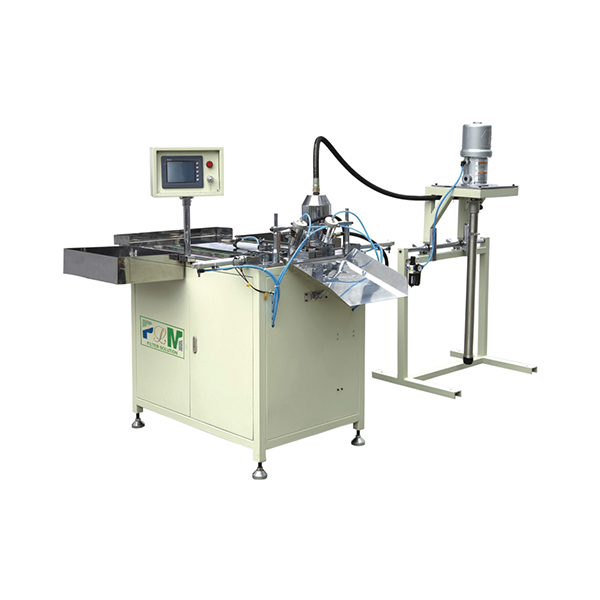Oct . 02, 2024 14:54 Back to list
Efficient Dewatering Solutions for Enhanced Water Removal in Various Industries
High-Quality Dewatering Machines A Comprehensive Guide
Dewatering is an essential process in various industries, including agriculture, wastewater treatment, and mining. It involves the removal of water from solids to improve their handling, transportation, and storage. High-quality dewatering machines play a crucial role in this process, as they not only enhance efficiency but also promote sustainability. In this article, we will explore the key features of high-quality dewatering machines, their applications, and the benefits they offer.
Understanding Dewatering Machines
Dewatering machines come in various designs, each suited for specific types of materials and purposes. The most common types include centrifuges, belt filters, screw presses, and vacuum filters. Each machine employs different methods to separate water from solids, and the choice of machine largely depends on the material's characteristics and the intended application.
1. Centrifuges These machines utilize centrifugal force to separate solids from liquids. They are especially effective for slurries and can achieve high solids concentrations. Centrifuges are widely used in industries such as chemical processing and food production.
2. Belt Filters These machines consist of a continuous belt that carries the slurry through a series of drainage points. As the belt moves, water is drained from the solids, leaving behind a drier product. Belt filters are commonly used in wastewater treatment and mineral processing.
3. Screw Presses Using a helical screw conveyor, screw presses compress the material to squeeze out water. They are known for their high efficiency and low power consumption, making them ideal for pulp and paper, as well as food and beverage industries.
4. Vacuum Filters These machines operate by creating a vacuum that pulls water away from the solids. They are efficient for filtering and dewatering at lower energy consumption levels and are often employed in chemical and pharmaceutical industries.
Key Features of High-Quality Dewatering Machines
To ensure effective and efficient dewatering, a high-quality dewatering machine should have several key features
1. Durability The materials used in construction should withstand harsh environmental conditions and the corrosive nature of certain slurries. Stainless steel and other robust materials are often used to enhance durability.
high quality dewatering machine

2. Efficiency A high-quality dewatering machine should offer a high throughput while minimizing energy consumption. This balance is critical for operational cost-effectiveness.
3. Automation Modern dewatering machines come equipped with advanced automation features, allowing for real-time monitoring and adjustments. This capability not only enhances efficiency but also reduces the risk of human error.
4. Ease of Maintenance Machines that are designed for easy access to critical components can significantly reduce downtime and maintenance costs. High-quality machines often feature modular designs for simplified maintenance.
5. Flexibility The ability to handle various materials and accommodate different production rates is vital. High-quality dewatering machines should be versatile to adapt to the changing needs of the industry.
Applications of Dewatering Machines
Dewatering machines are crucial in a myriad of applications
- Wastewater Treatment High-quality dewatering machines are vital in reducing the volume of sludge, making disposal easier and more cost-effective. - Agriculture In agriculture, they are used to dewater animal manure and biosolids, helping to recycle valuable nutrients and reduce volume for storage and transportation. - Mining Dewatering machines help to separate minerals from slurry, increasing the quality of the final product and reducing the environmental impact.
- Food Processing They play a critical role in removing excess moisture from food products, improving shelf life and quality.
Conclusion
Investing in high-quality dewatering machines is essential for industries looking to enhance efficiency, reduce environmental impact, and ensure compliance with regulatory requirements. By understanding the different types, features, and applications of these machines, organizations can make informed decisions that lead to improved productivity and sustainability. As technology advances, we can expect dewatering machines to become even more efficient and adaptable, further contributing to a greener future.
-
Durable Sintered Porous Metal Filter Tube Cup & Machines
NewsJul.22,2025
-
Effective Active Carbon Air Filter for Purifiers | Eliminate Odors
NewsJul.21,2025
-
PLJT-250-25 Full-auto Turntable Clipping Machine | Efficient Automation
NewsJul.20,2025
-
Cheap PLJY109-500 Full-Auto HDAF Expanded Mesh Spiral Coiling Machine - High Efficiency & Quality Manufacturer
NewsJul.08,2025
-
Best PLHJ-6 Full-Auto Eco Filter Rotary Heat Plating Machine - High Efficiency & Eco-Friendly Solution
NewsJul.08,2025
-
High-Efficiency Paper Pleating Machine for Filters Trusted Filter Paper Pleating Machine Company
NewsJul.07,2025
